At present, there are still 116 Fungshui Woods in Hong Kong. The majority of them are set to embrace their associated villages, carrying a symbolic meaning of protection. So, what good do Fungshui Woods do to their village exactly? Climate-wise, it mitigates the impacts of typhoons and provides shades. Economy-wise, plants in the fringes of the Woods, including fruit trees and banyan trees, help villagers generate extra income with their culinary and medicinal values, driving the prosperity of the village. And the list continues.
- 《LIFE+》Magazine
- 《LIFE+》Magazine Issue List
- Autumn 2022 Issue
- Reflect the Harmony between Human and Nature in Fungshui Woods
-
content 2
-
content 2
-
content 2
-
content 2
-
content 2
-
content 2
-
content 2
-
Reflect the Harmony between Human and Nature in Fungshui Woods
07 November 2022If you ever get a chance to step into a traditional Hakka village, you will probably feel that something is different in the air. Serenity, tranquillity, and peace. It is the perfect blend of the village and its surroundings that shapes its harmonious ambience.
Hakka people, historically speaking, are faithful believers of fungshui, assumably owing to their migration activities dating back to as far as the Qin dynasty (221-207 B.C.). Starting afresh in a place they had never set foot in was no easy task. The ancestors of the Hakkas eagerly looked for protection.
While some may regard fungshui as mere superstition, the Hakkas designed their village with a thorough understanding of the physical environment in a hope to maximise their wellbeing. This traditional wisdom, which has contributed to the peaceful co-existence of the ethnic group and the environment through generations, is very much similar to concepts highlighted in contemporary academic disciplines such as environmental psychology.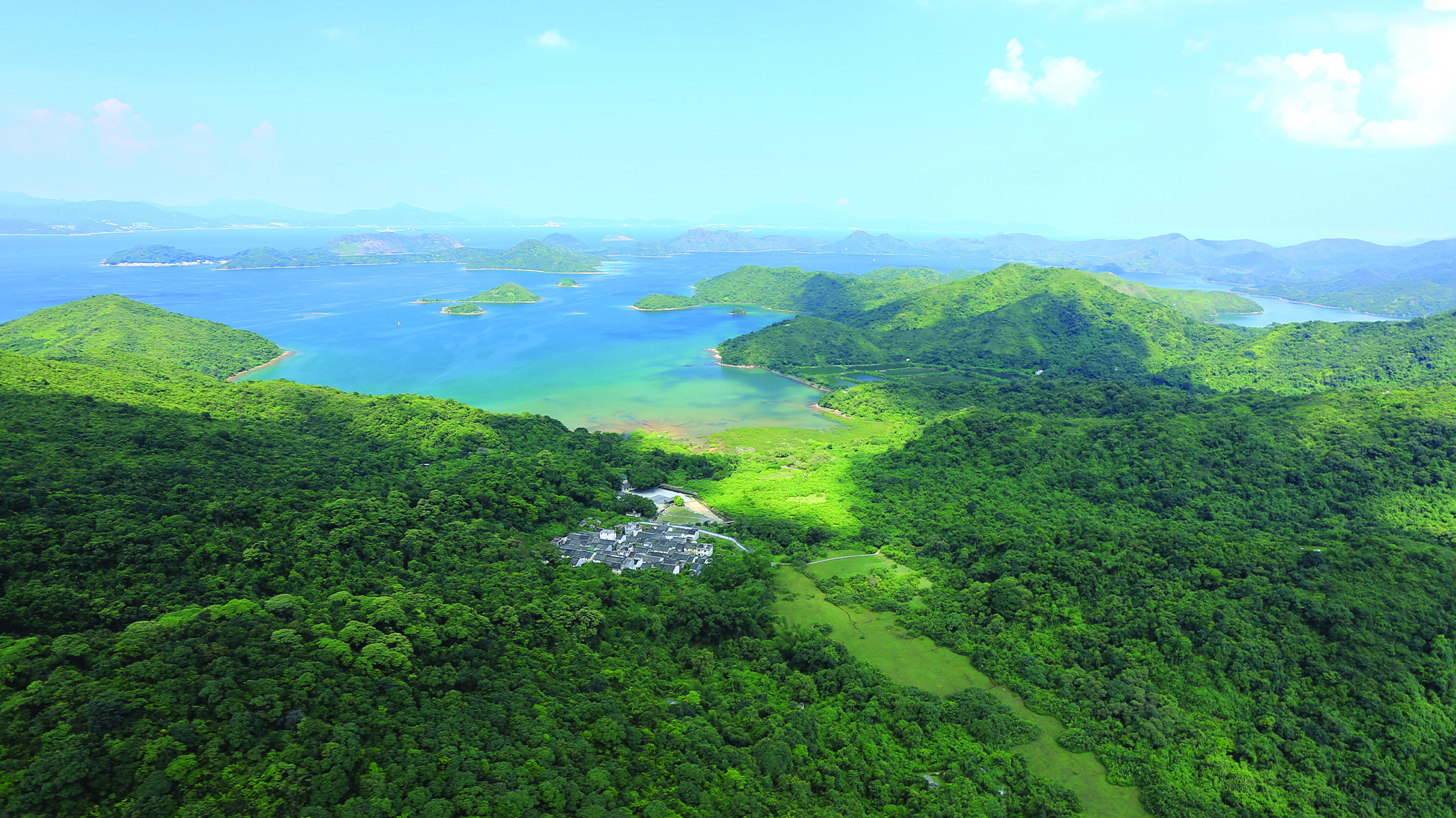
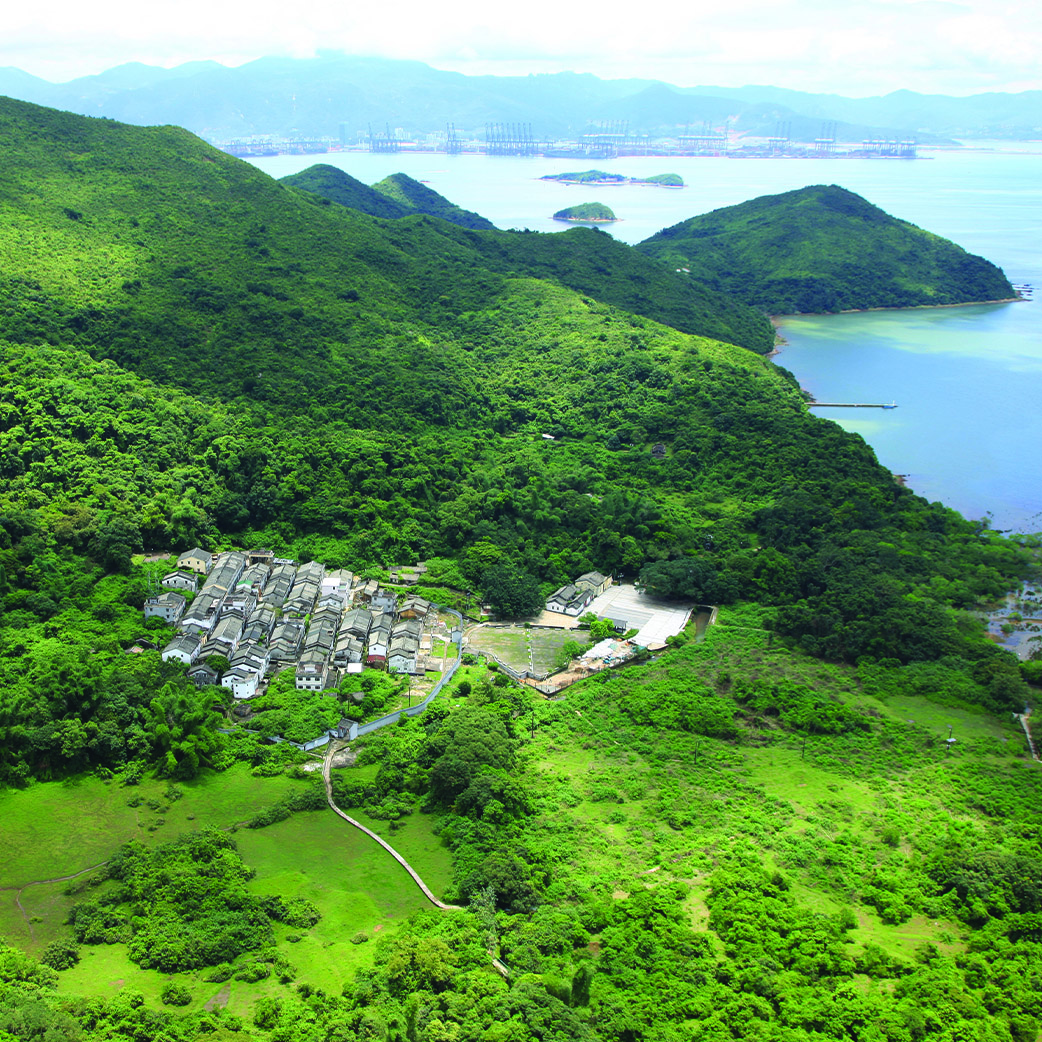 Interestingly, the relationship between Fungshui Woods and their villages is far from unilateral.
Interestingly, the relationship between Fungshui Woods and their villages is far from unilateral.
Ask a Hakka villager how he/ she spends his time in the village. If you expect to hear something about Fungshui Woods, you would probably be disappointed. Villagers in Lai Chi Wo, one of the biggest Hakka settlements in the territory, recalled that the Woods are strictly off-limits throughout the year except for a few days, during which they are only allowed to gather sticks for firewood. This explains why their Woods are still thriving to this day and are regarded as one of the most well preserved Fungshui Woods in Hong Kong. As old trees are thought to be closely related to the fortune of the villages, from a fungshui perspective, unfavourable activities, such as tree felling, are prohibited across all Fungshui Woods. Such loyal guardianship has safeguarded, though unintentionally, the biodiversity in the area, a great contrast to many parts of the world which are being jeopardised by human activities.The story of Fungshui Woods aptly illustrates how nature and man interact in a peaceful yet meaningful manner. If you yearn for more, then Lai Chi Wo is the best place to go – not only can you experience one of the most well-preserved Woods in town, but also other Hakka traditions from the Chinachem Lai Chi Wo Story Room.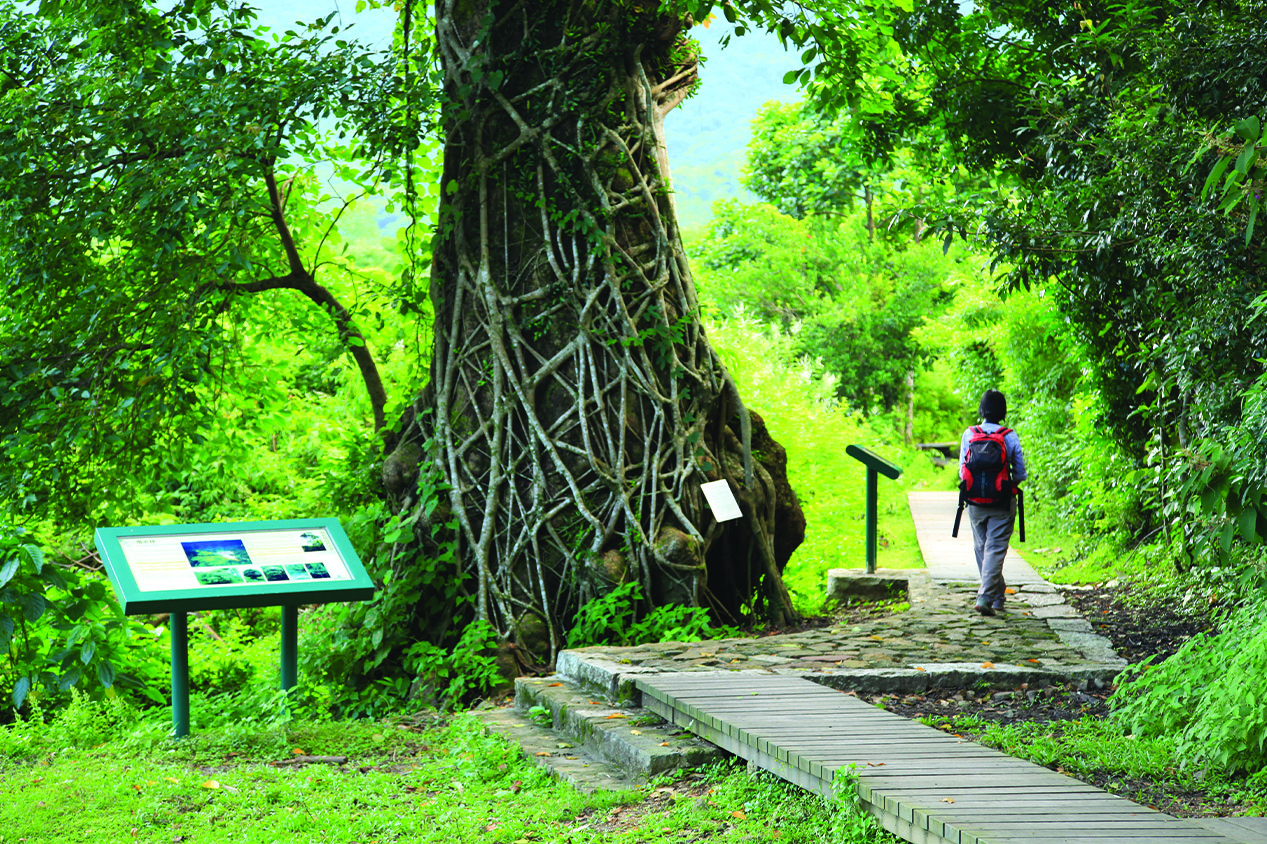
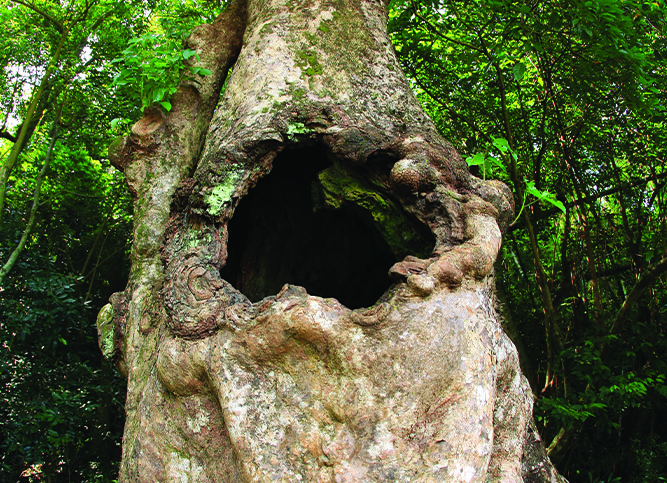
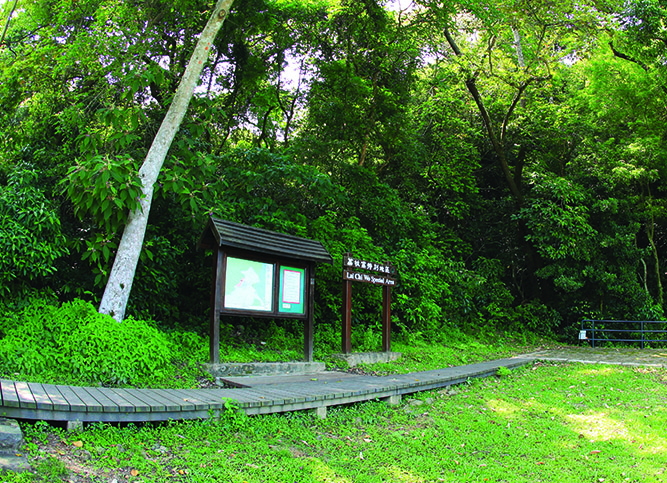
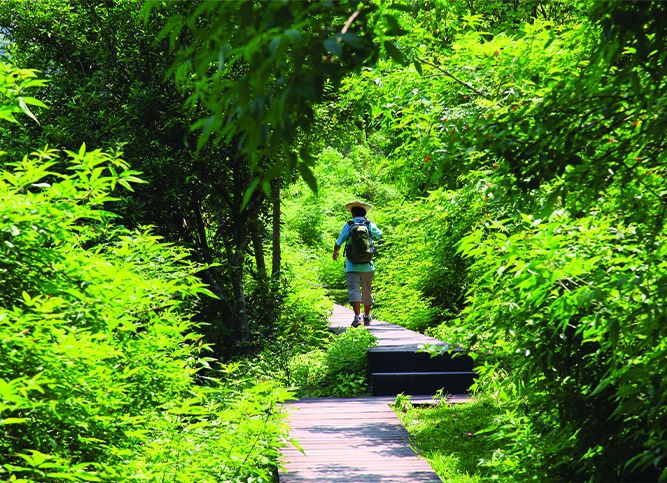
-
content 2
-
content 2
-
content 2
-
content 2
-
content 2
-
content 2
-
content 2
-
content 2
TABLE OF CONTENTS
Page0of0
Stay in Touch with Us
We use cookies to enhance your experience. By continuing your visit, you consent to their use. To
find out more about how we use cookies, please see our privacy policy.